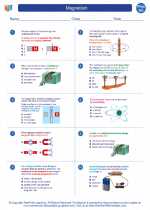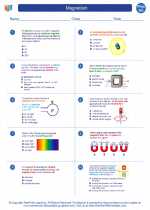Pollution
Pollution is the introduction of harmful or toxic substances into the environment, leading to adverse effects on the natural world and human health. It can occur in various forms, including air pollution, water pollution, soil pollution, and noise pollution.
Types of Pollution
Air Pollution
Air pollution is the contamination of the air with harmful substances such as particulate matter, carbon monoxide, sulfur dioxide, nitrogen oxides, and volatile organic compounds. Sources of air pollution include industrial emissions, vehicle exhaust, and the burning of fossil fuels.
Water Pollution
Water pollution occurs when harmful substances, such as chemicals, heavy metals, and pathogens, contaminate bodies of water such as rivers, lakes, and oceans. Industrial discharge, agricultural runoff, and improper waste disposal contribute to water pollution.
Soil Pollution
Soil pollution, also known as land pollution, occurs when pollutants such as pesticides, industrial chemicals, and waste materials contaminate the soil. This can have detrimental effects on soil fertility and the health of plants and animals.
Noise Pollution
Noise pollution is the presence of loud, disruptive, or harmful noise in the environment. Sources of noise pollution include industrial machinery, transportation, and urban development, and it can have negative impacts on human health and wildlife.
Effects of Pollution
The effects of pollution can be wide-ranging and severe. It can lead to respiratory diseases, cardiovascular problems, neurological disorders, and even cancer in humans. Pollution also has detrimental effects on ecosystems, leading to the loss of biodiversity, habitat destruction, and disruption of ecological balance.
Prevention and Mitigation
Efforts to prevent and mitigate pollution include the implementation of environmental regulations, the development of cleaner technologies, and the promotion of sustainable practices. Recycling, waste management, and the use of renewable energy sources are also key strategies for reducing pollution.
Study Guide
To study pollution, it is important to understand the various types of pollution, their sources, and their effects on the environment and human health. Additionally, it is crucial to explore the measures and strategies for preventing and mitigating pollution. Studying case studies of pollution incidents and their consequences can provide valuable insights into the real-world impact of pollution.
Key topics to focus on include the causes of air, water, soil, and noise pollution, the health effects of pollution, regulatory frameworks for pollution control, and sustainable solutions for pollution reduction.



